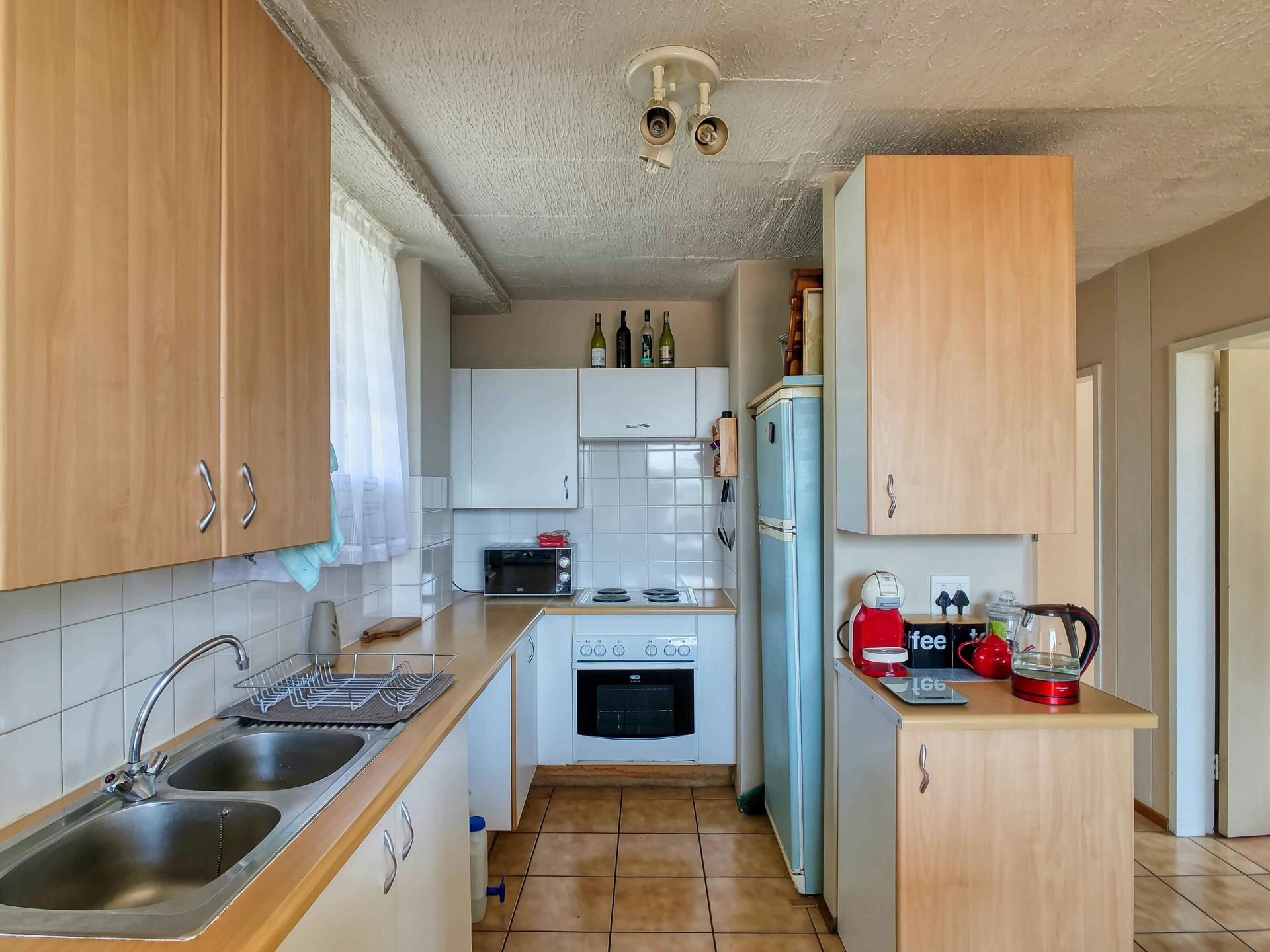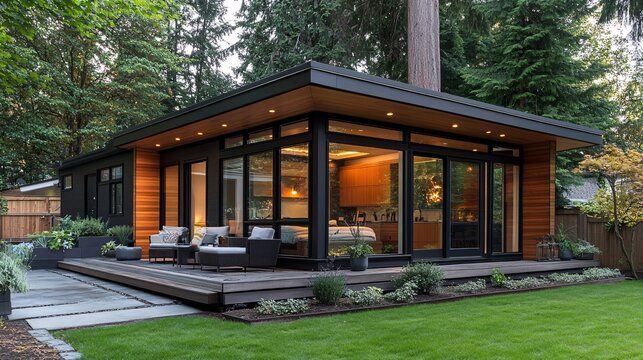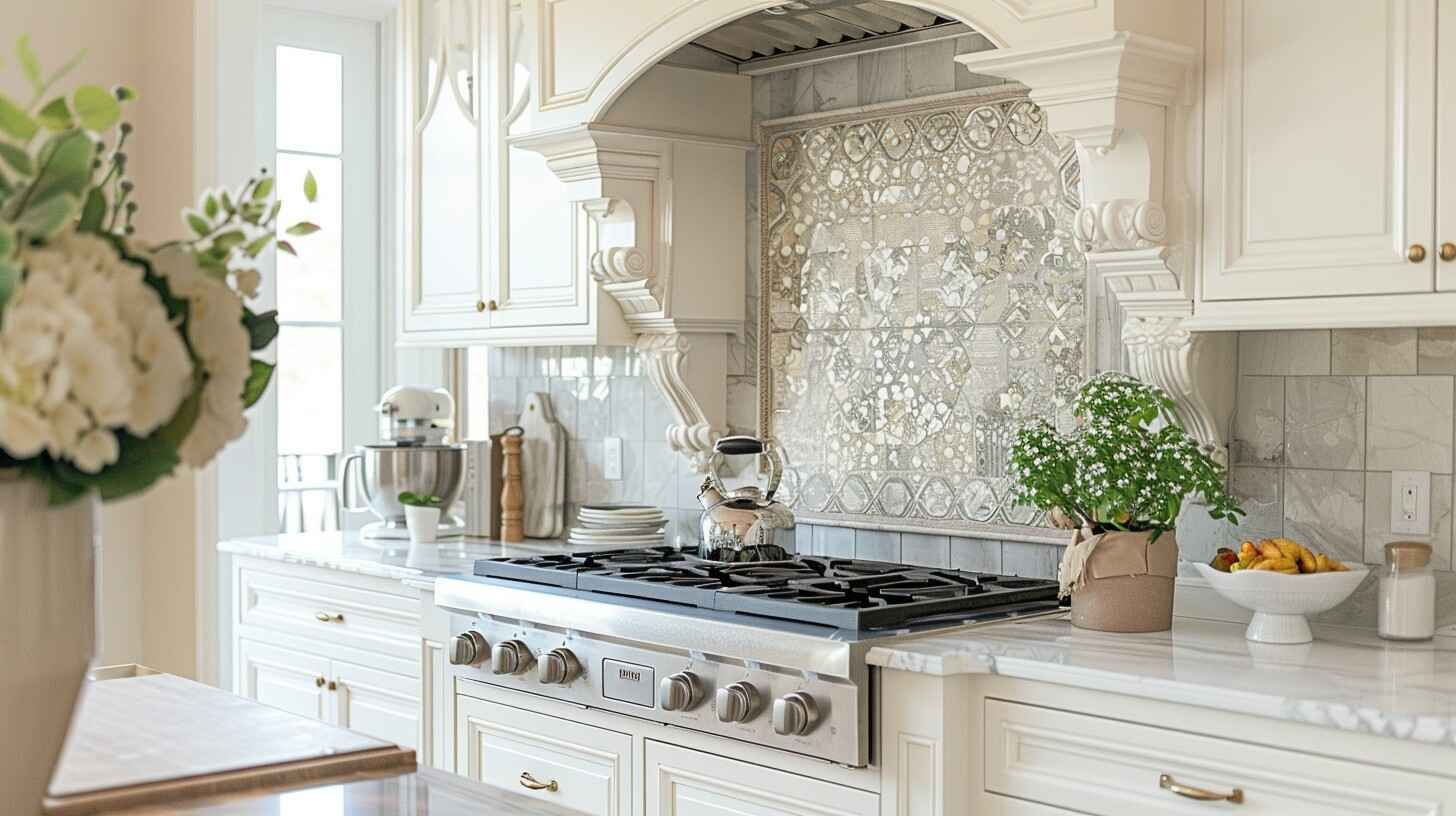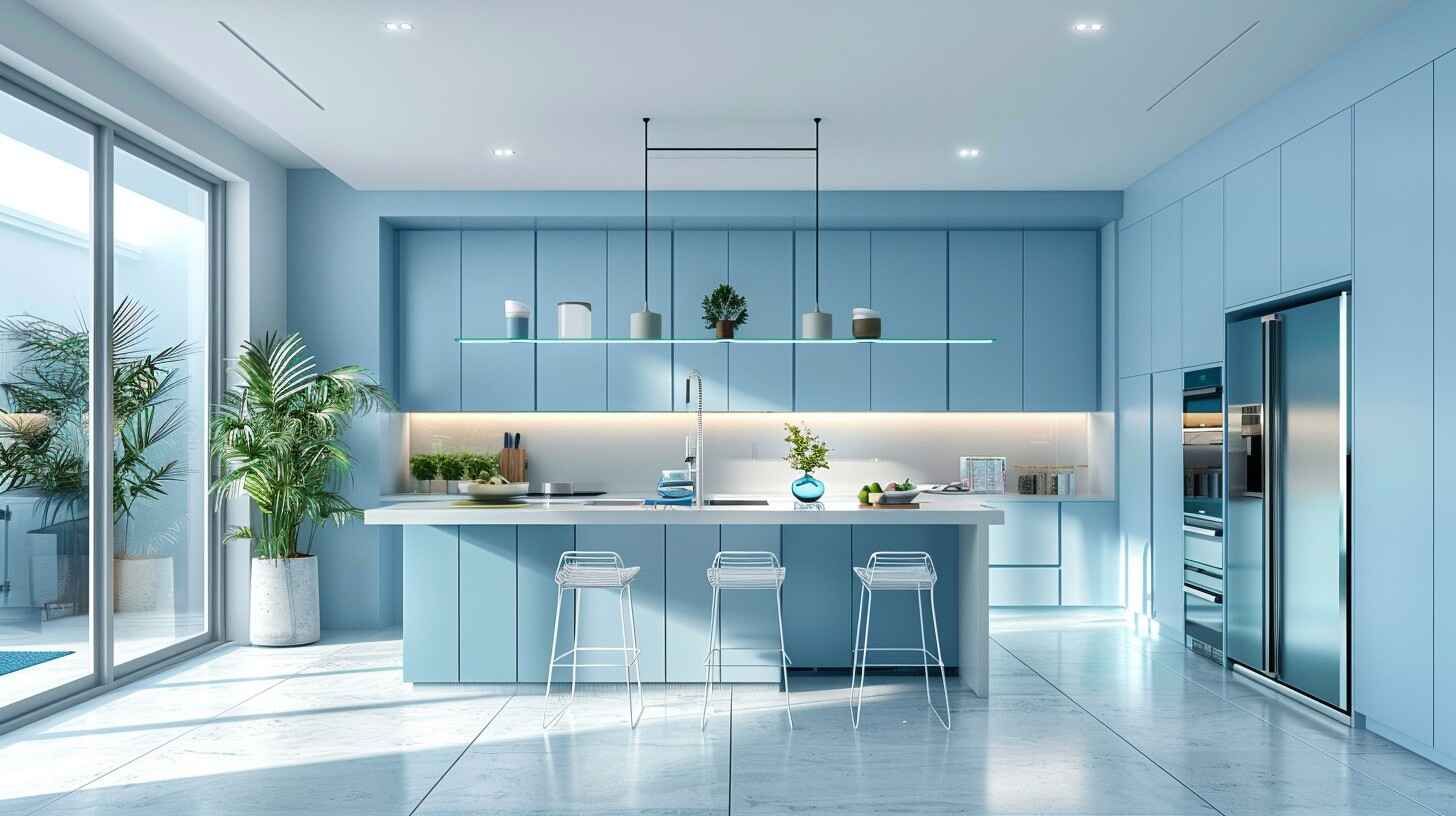How To Remodel a Kitchen On a Budget?

Revamp your kitchen affordably by planning your budget wisely and focusing on critical areas. Set a realistic budget and research costs, and prioritize impactful upgrades. Utilize space efficiently with ceiling-high cabinets, rotating shelves, and dual-purpose furniture. Opt for cost-effective materials like laminate countertops and RTA cabinets. Get creative with DIY projects such as repainting cabinets and adding open shelving. Updating hardware and lighting can also make a big difference. Explore further strategies to remodel your kitchen stylishly without overspending.
Planning Your Budget Wisely
When remodeling a kitchen on a budget, meticulous financial planning is the key of a successful project. Setting a realistic budget is essential, ensuring you allocate funds to critical elements such as cabinetry, appliances, and countertops while leaving room for unexpected expenses. Begin by researching the average costs of labor and materials in your area to establish a baseline budget. Consider where you can save money by repurposing existing elements or opting for cost-effective alternatives without compromising quality.
To stick to your budget, create a detailed spreadsheet outlining all expenses, including permits, labor costs, materials, and additional fees. Set aside a contingency fund for any unforeseen issues during the renovation process. Prioritize spending on items with the most significant impact, such as updating lighting fixtures or replacing outdated hardware. Planning meticulously and being resourceful with your budget allows you to achieve a stylish and functional kitchen without breaking the bank.
Maximizing Space and Storage
Efficient utilization of space and strategic storage solutions are essential elements in optimizing the functionality and aesthetics of a budget-friendly kitchen remodel. Consider installing cabinets that reach the ceiling to make the most of the available space. This maximizes storage and draws the eye upward, creating an illusion of a larger kitchen. Utilize corner spaces with rotating shelves or pull-out drawers to access every inch efficiently. Moreover, incorporating multifunctional furniture, such as kitchen islands with built-in storage or pull-out tables, can serve dual purposes without compromising space.
Another clever storage solution is utilizing vertical wall space. Install hooks, racks, or magnetic strips to store pots, pans, and utensils, freeing up valuable cabinet space. To further optimize storage, consider decluttering regularly and only keeping essential items. This creates a more organized space and makes it easier to find what you need quickly. By implementing these space-maximizing and storage solutions, you can transform your kitchen into a practical and stylish area without breaking the bank.
Budget-Friendly Material Choices
Selecting cost-effective materials with durability and style is pivotal to achieving a budget-friendly kitchen remodel. Regarding countertops, consider laminate a wallet-friendly alternative to pricier options like granite or quartz. Laminate countertops now come in various designs that mimic natural stone's look, providing a stylish finish without the hefty price tag. Opting for ready-to-assemble (RTA) cabinets can save significant costs on materials and labor.
These cabinets are easy to assemble and install, making them a practical choice for those looking to cut expenses without compromising quality. Vinyl and laminate are excellent choices when choosing flooring as they are durable, affordable, and come in a wide range of styles to suit any aesthetic.
Moreover, replacing hardware such as knobs, handles, and faucets can give your kitchen a fresh look without breaking the bank. You can achieve a stylish kitchen remodel by carefully selecting budget-friendly materials without exceeding your financial limits.
DIY Upgrades and Creative Solutions
Exploring inventive do-it-yourself upgrades and innovative solutions can significantly enhance your kitchen's aesthetic appeal and functionality during a budget-friendly remodel. One creative solution is to repaint or refinish your existing cabinets instead of replacing them entirely. A fresh coat of paint or a new stain can give your cabinets a modern look at a fraction of the cost. Moreover, consider installing open shelving using reclaimed wood for a trendy, cost-effective alternative to traditional upper cabinets.
DIY projects like installing a peel-and-stick backsplash can add color and texture to your kitchen without breaking the bank. Another budget-friendly upgrade is replacing old hardware, such as drawer pulls and cabinet handles, with stylish new options that modernize the space. In addition, incorporating energy-efficient LED lighting under cabinets or in the ceiling can brighten up the kitchen while reducing electricity costs in the long run.
Other Kitchen Remodeling ideas:



